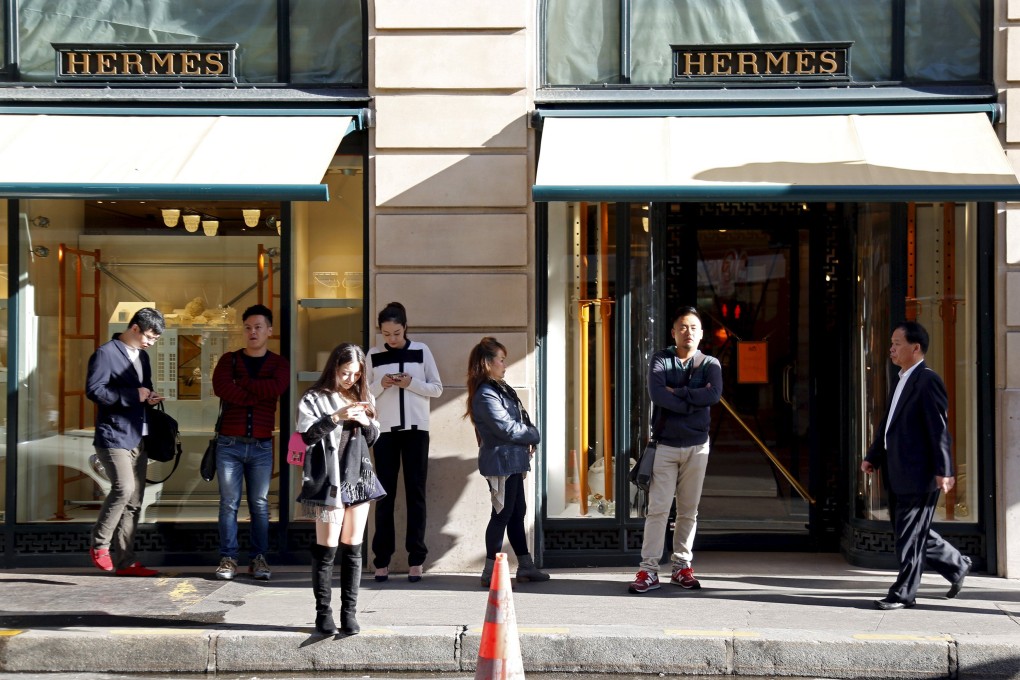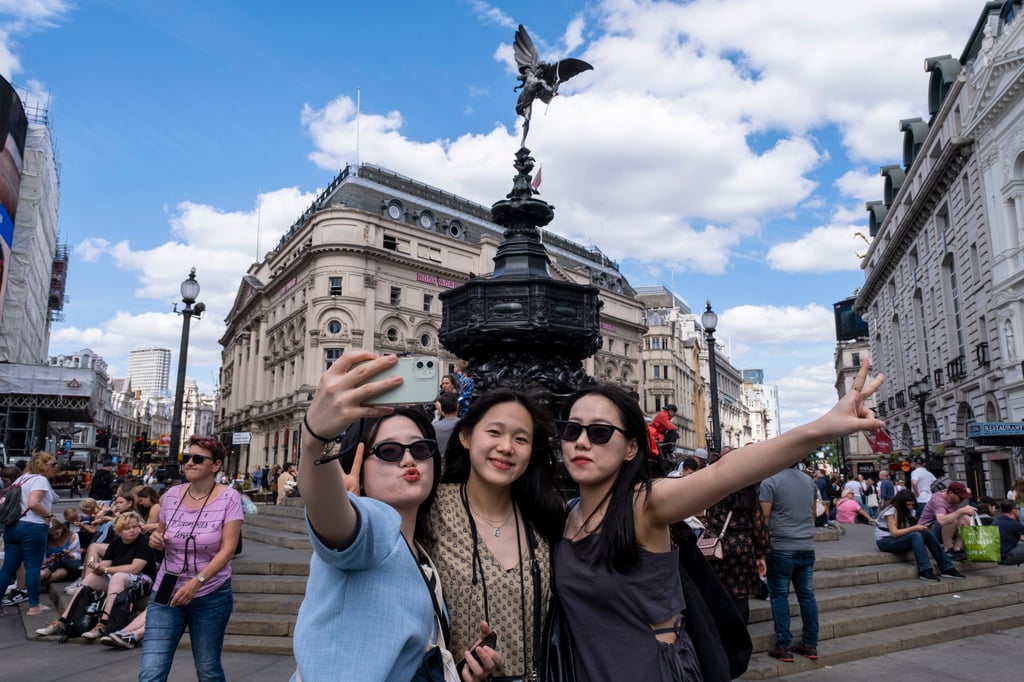Advertisement
Europe’s luxury sector looking forward to the return of big-spending Chinese tourists
- The growth forecast for the luxury sector has been revised to 11 per cent this year, up from 7 per cent earlier, according to RBC
- The Chinese accounted for ‘a third of luxury purchases in the world and two-thirds of those purchases were made outside China’, according to Bain’s Joelle de Montgolfier
Reading Time:2 minutes
Why you can trust SCMP
1

The European luxury sector is welcoming the end of pandemic lockdowns in China, as the return of big-spending Chinese tourists could sustain further growth.
Before the pandemic, Chinese tourists visiting Europe were a major source of sales for luxury houses.
The Chinese accounted for “a third of luxury purchases in the world and two-thirds of those purchases were made outside China”, said Joelle de Montgolfier, head of the luxury division at management consulting firm Bain and Company.
Advertisement
Their return has led RBC to revise up its growth forecast for the sector this year to 11 per cent, from 7 per cent previously.

“China reopening is one of the key ‘mega-themes’ for the luxury sector in 2023,” RBC Bank said in a recent note to clients.
Advertisement
Advertisement
Select Voice
Choose your listening speed
Get through articles 2x faster
1.25x
250 WPM
Slow
Average
Fast
1.25x